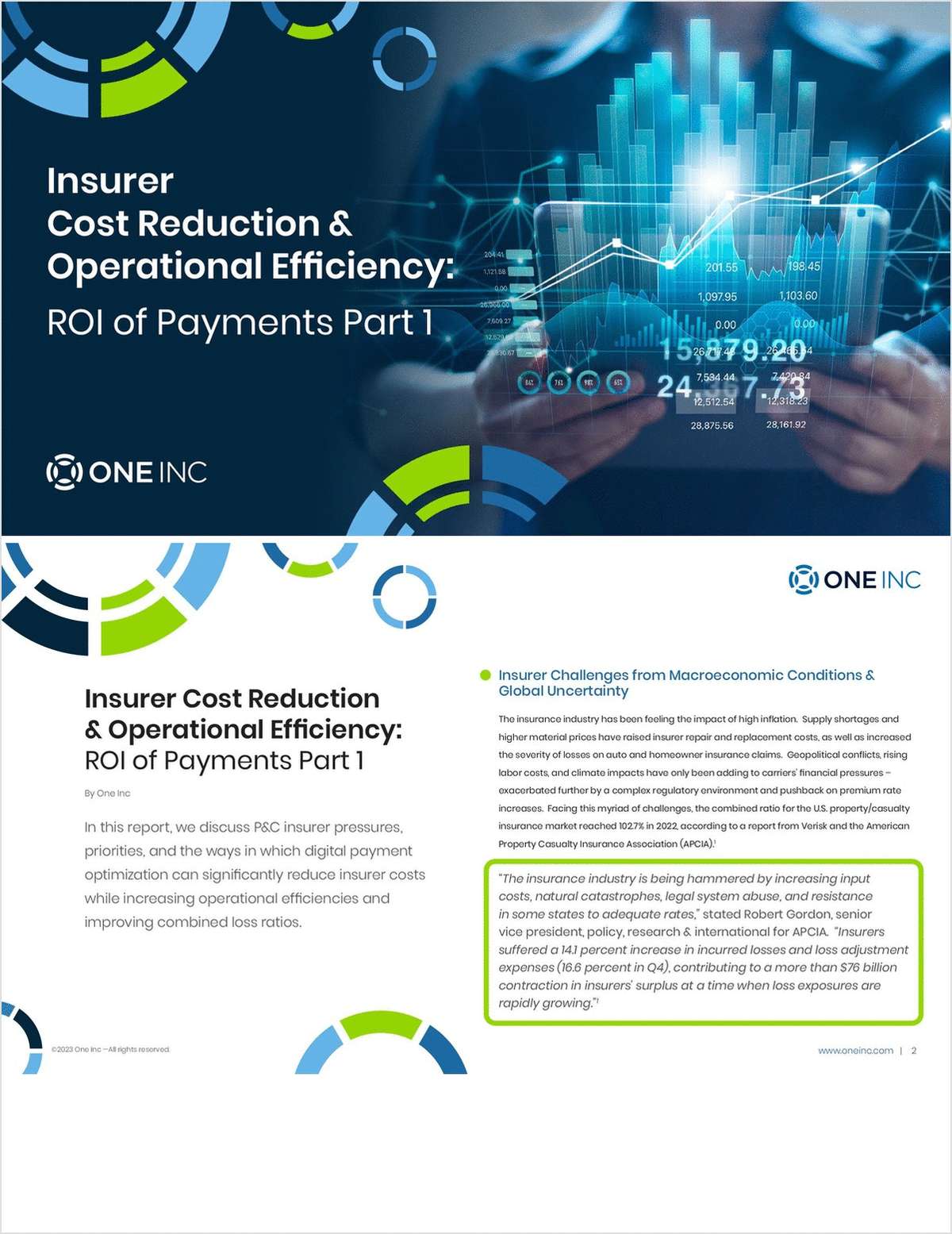Once upon a time, it might have been simple to rank the top 10 technologies winning the hearts and wallets of insurers. Nowadays, though, even David Letterman would be hard pressed to complete that list.
So its refreshing to note when industry pundits actually exude serious enthusiasm. META Group predicts, as insurers prepare for the collision of secu-rity programs and privacy regulations, compli- ance programs and related information security will be hot. Insurers will aggressively address security practices to achieve compliance, with investment in security architecture increasing through 2005. (From Insurance Information Strategies Research Trends for 2003/2004.)
Similarly, IDC ex-pects worldwide spending on security and business continuity to grow twice as fast as IT spending reaching more than $116 billion by 2007.Although spending decisions have been delayed, corporate security remains the number-one priority of IT professionals. (From IDCs Worldwide IT Security and Business Continuity Forecast, 2002-2007.)
The numbers indicate information security will be ramped up and we all should be able to sleep secure in the knowledge our data will be well guarded (for more on information security, see features on p. 13 and p. 16). But do the numbers tell all? Not according to some industry insiders who assert security often is approached as a once-and-done event.
Hopefully theyre wrong or soon will be. Just as recent events made heightened security a part of our lives at airports or public buildings, these events and others including an ever-increasing number of cyber attacks send a message to companies that information security is integral to the well-being of business.
Insurers should keep in mind the current strategies for calculating security may be adequate only under current circumstances. As organizational and operational complexity growmergers and acquisitions, new products or services, contracts with more third- party providers, and/or global expansion (see New Frontier, p. 8) so do the risks.
Good security, the experts say, boils down to three components: people, processes, and technology. First and foremost, everyone from admin to claims needs to know the security program and take personal responsibility. Next, a company must implement a comprehensive security program with policies based on management priorities. Technology comes last as an extension of the first two components.
The bottom line is information security is here to stayand the smart insurer will leverage it for several reasons: First, an ounce of prevention may be less expensive than a pound of cure. Second, with increasing regulation, security can keep the bosses out of courtrooms. Third, it might become a competitive advantage. And last, it may help avoid nightmares for the company and provide insurance IT with a good nights sleep, something in todays world not to be taken lightly.
Sharon S. Schwartzman
Editor-in-Chief
Want to continue reading?
Become a Free PropertyCasualty360 Digital Reader
Your access to unlimited PropertyCasualty360 content isn’t changing.
Once you are an ALM digital member, you’ll receive:
- Breaking insurance news and analysis, on-site and via our newsletters and custom alerts
- Weekly Insurance Speak podcast featuring exclusive interviews with industry leaders
- Educational webcasts, white papers, and ebooks from industry thought leaders
- Critical converage of the employee benefits and financial advisory markets on our other ALM sites, BenefitsPRO and ThinkAdvisor
Already have an account? Sign In Now
© 2024 ALM Global, LLC, All Rights Reserved. Request academic re-use from www.copyright.com. All other uses, submit a request to [email protected]. For more information visit Asset & Logo Licensing.








